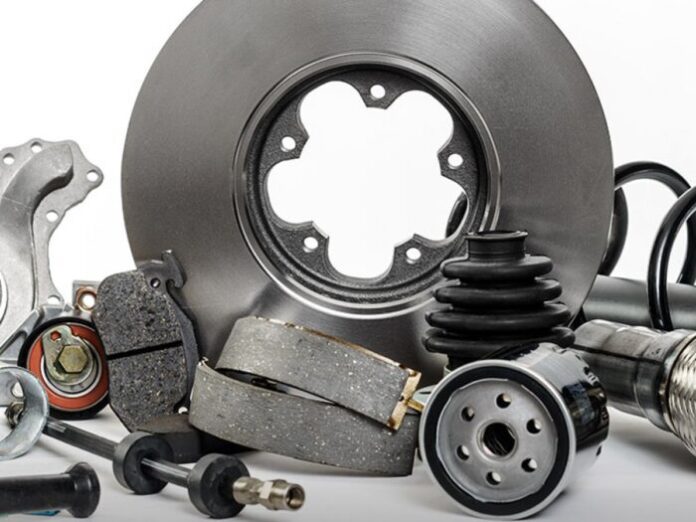The hunt for the right parts at the right price for your wheels is a destination every car owner accelerates towards. You could be looking to take on some DIY maintenance work, upgrading some parts, or needing repair, whatever is your requirement, getting the most suitable auto parts is critical to your car’s health.
Given the current pandemic situation, you are most likely looking to order your parts online instead of going to a brick-and-mortar store. Once browsing, you will come across two types of car parts while shopping: original equipment manufactured (OEM) parts and aftermarket parts. If you’re considering buying from the aftermarket and wondering if they’re really worth it, we can help steer you in the right direction.
The biggest selling point for aftermarket parts is savings. But what is the tradeoff?
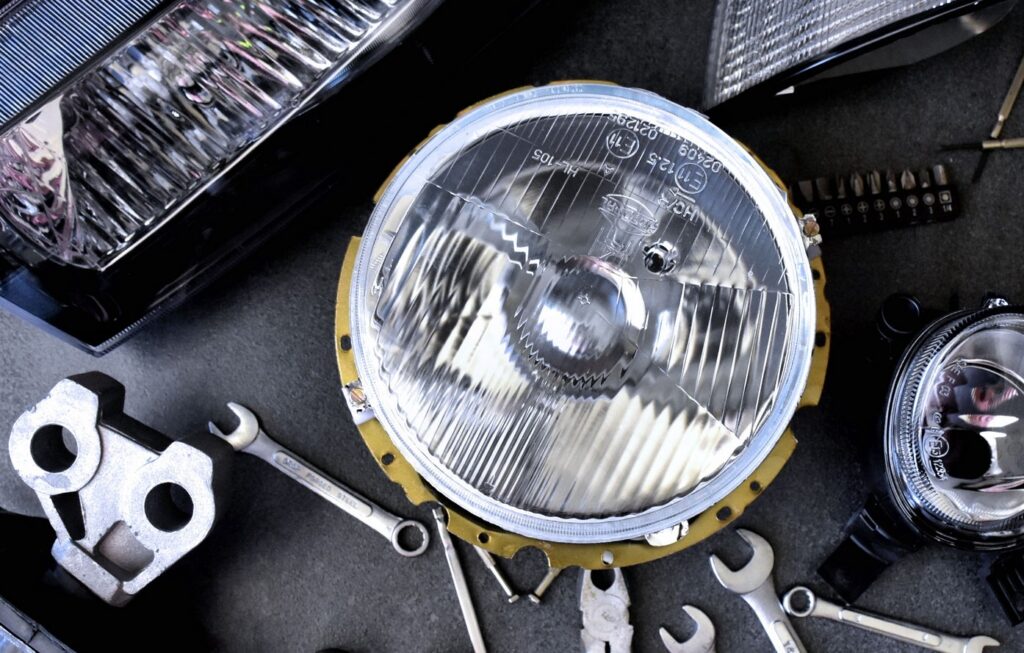
Inferior Quality at the Expense of Savings?
The blanket statement, “aftermarket parts are inferior” is simply untrue. According to sources, the aftermarket industry is rapidly growing, and newer technology keeps reducing the gap between OEM and aftermarket offerings.
Here’s the thing: on the aftermarket spectrum, the same auto parts share different levels of quality. There are really cheap parts that plummet price and compromise quality while the same parts can cost more and maintain or even exceed the original OEM quality. Although all aftermarket parts will be cheaper than their OEM counterparts, there is certainly a range of price and quality to be browsed from various manufacturers. Your choice of aftermarket platform is crucial so make sure you have a resource for reliable aftermarket parts by clicking here.
Before you start browsing and filling your virtual cart, ask yourself these questions:
- How much do I want to spend?
- What is the difference between the OEM and aftermarket prices?
- Is it an upgrade or a replacement?
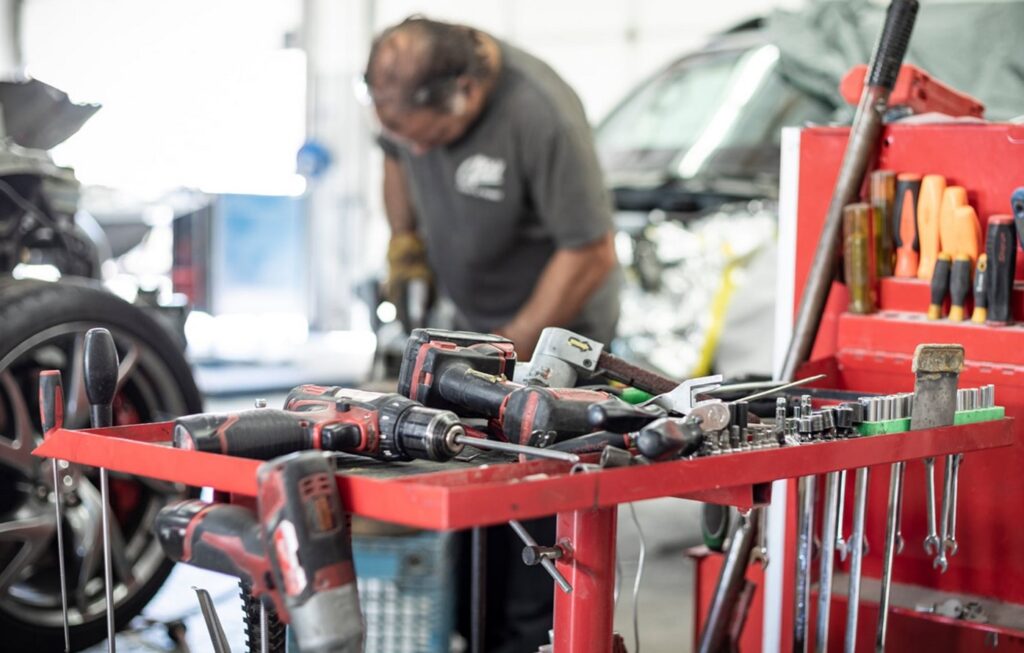
But what about my car’s warranty?
Time for some facts. Have you heard of the Magnuson-Moss warranty act? Back in 1975, this act was passed and this law made it illegal for auto manufacturers to void warranties simply because an aftermarket part is added to the vehicle.
Here’s what you need to know about the Magnuson-Moss Warranty Act:
- The warranty can’t be voided just because you’ve installed an aftermarket part on your vehicle.
- The only time a warranty can be denied because of an installation of an after-market part is when it’s proven that the aftermarket part caused the problem.
- It’s up to the dealer to provide proof that the aftermarket part was the issue to deny the warranty claim.
- If it is proven that the aftermarket part caused the issue, only the warranty for that issue can be denied, meaning warranty issues unrelated to the after-market part are still covered.
Bottom line: you can install an aftermarket part without losing your warranty, provided the part was designed for your specific vehicle and installed correctly. You can always be better prepared by understanding what voids your vehicle’s warranty.
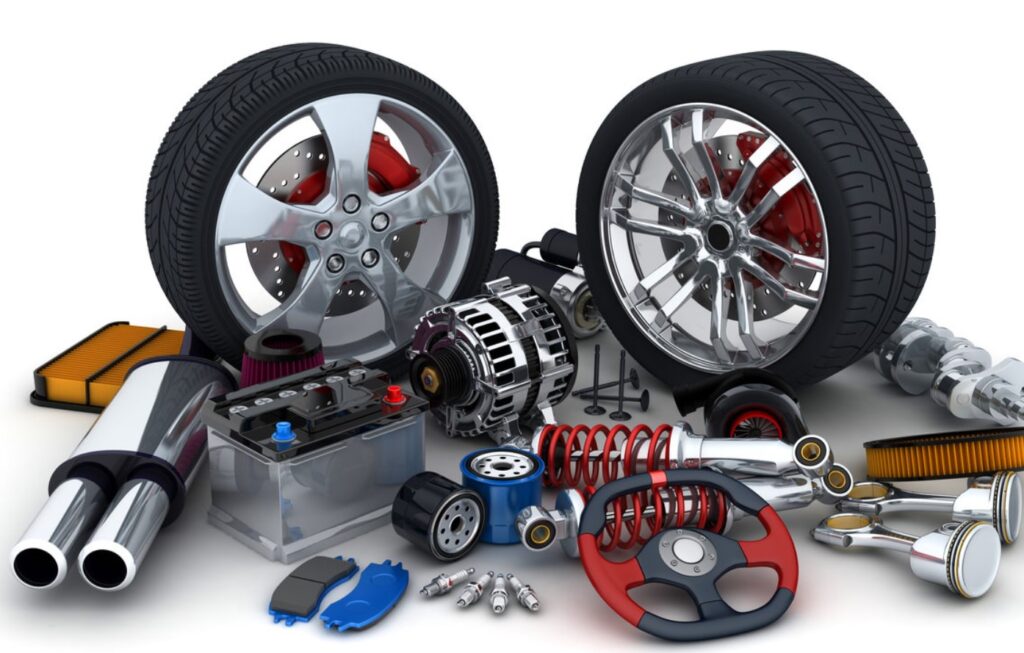
So Warranty Is Safe, What About Insurance?
Did you know American consumers and businesses spend approximately $1 trillion every year on assets they already own? In this $1 trillion valued sea, aftermarkets tap into the maintenance & repair stream by offering low prices and becoming the go-to choice for budget-conscious car owners.
Here’s a surprise for you: the aftermarket preference is not limited to car owners only, your insurance company prefers it too! After an accident, many insurance companies will skip the OEM parts and install aftermarket parts for your car replacements. They prefer aftermarket parts for their affordability and their stable quality.
Is this legal? Yes. Most states permit the use of after-market parts as long as they are warranted by the manufacturer to be of similar kind and quality as OEM parts.
But can you say no to them? Also yes. You don’t have to accept the aftermarket parts. Whether you are for or against aftermarket parts, you have the right to know what parts they are using. In fact, the insurer must clearly indicate in writing on the appraisal which parts are aftermarket parts, according to state regulations. However, beware that if you and the insurer have a conflict on the auto part to install, you may be asked to cover the difference in cost between the OEM and aftermarket part.
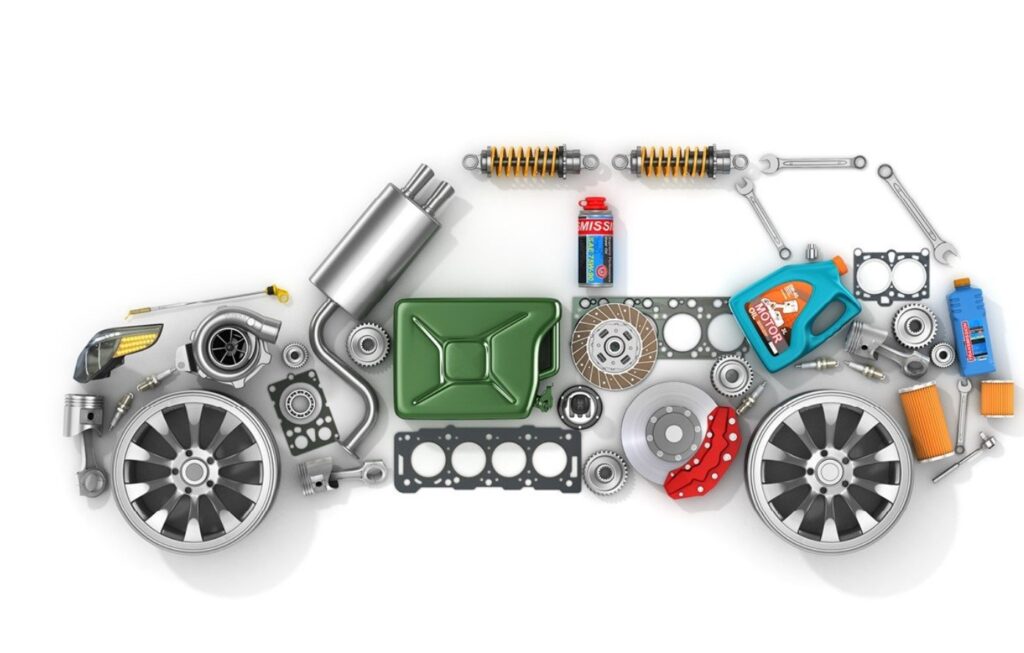
Reverse Engineering: the secret of aftermarket parts
OEM parts are directly created by the manufacturer according to the original specification. Companies reverse-engineer these products to recreate the same part and sometimes even work out the weaknesses and make their own improved versions of the part. Real car buffs claim you can get heavy-duty shocks and struts or brake pads made of stronger materials, which perform better.
Aftermarket for Legacy Cars
With newer models and their parts continuously flooding the market, availability of OEM parts from the manufacturers starts to decline, and older cars parts slowly start nudging out of the market. Therefore, OEM parts become scarce with time at dealerships, forcing a scavenge hunt for the old car owners. In such a case, the aftermarket may only be the redemption they find for their car repairs, without being forced into a new purchase.
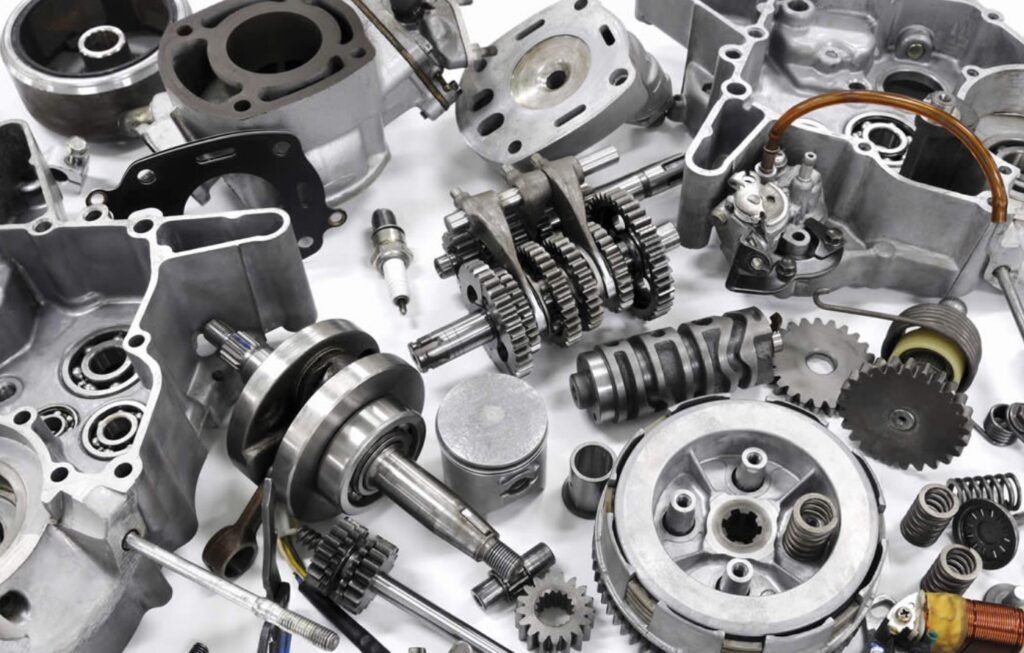
Aftermarket for Modifications
The aftermarket is a great place to get different gadgets and modifications for your car. You could choose from a variety of slick additions to modify your ride like adding a backup camera, back-seat TV screen, better sound system, alloy wheels, etc. Making tech-savvy or luxury upgrades like these could also increase your car’s resale value.
Hobbyists and enthusiasts are driven towards this popular route to explore alternative replacement parts. It is especially popular due to the several unique and custom variations only available through the aftermarket and not the original manufacturer.
Conclusion
If you want to keep your precious dollars safe, spend only what you have to, and you’re okay with a slight shift in quality, you are aftermarket-ready. Lastly, the importance of knowing what you are buying cannot be understated, make sure you do your thorough research about the part first and ensure it is from an aftermarket you can trust.

